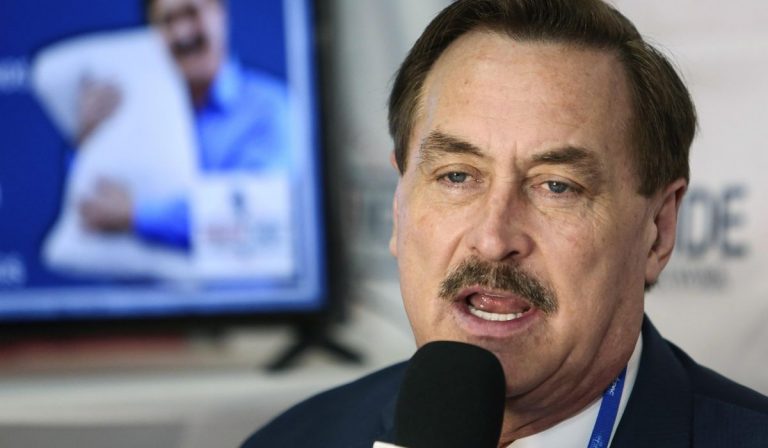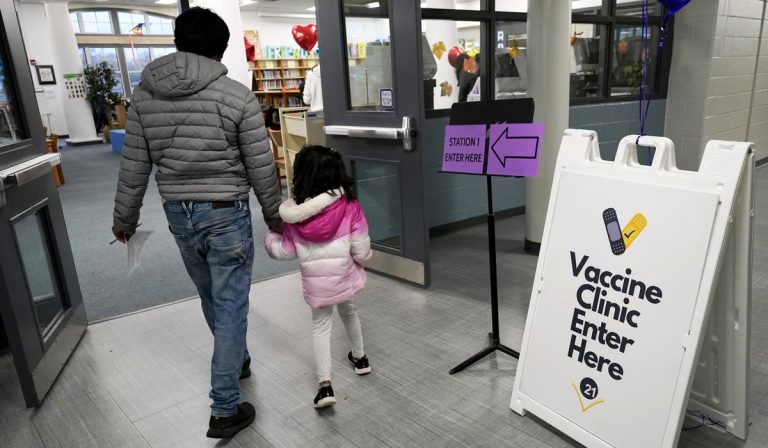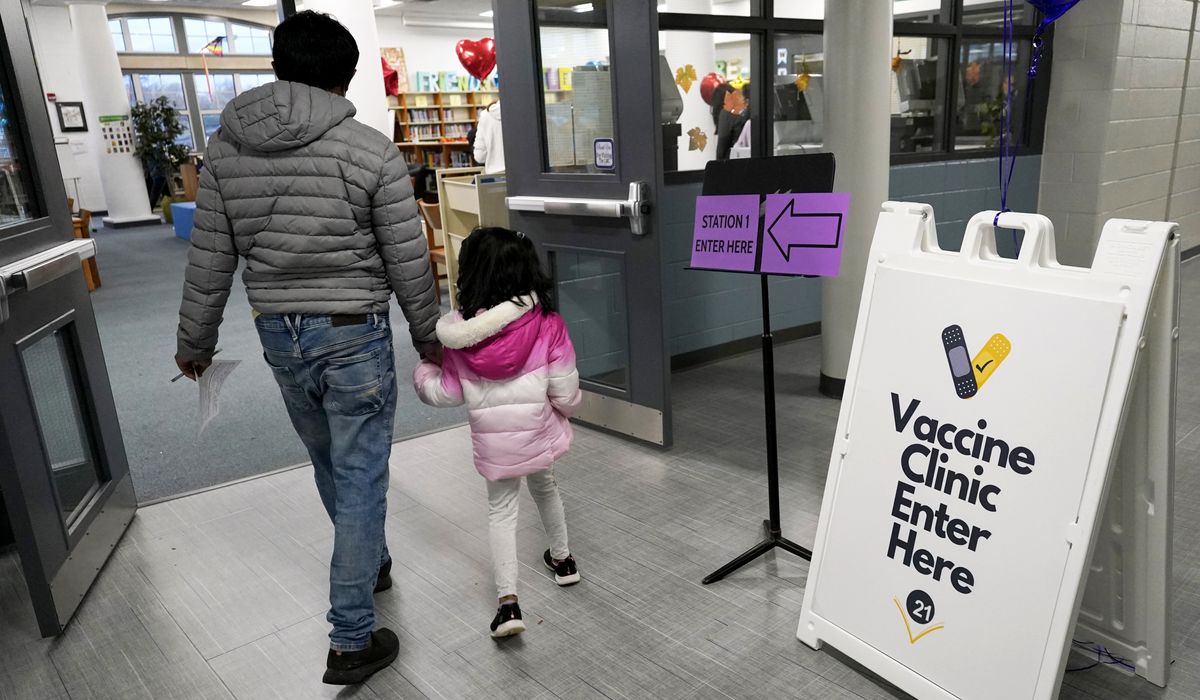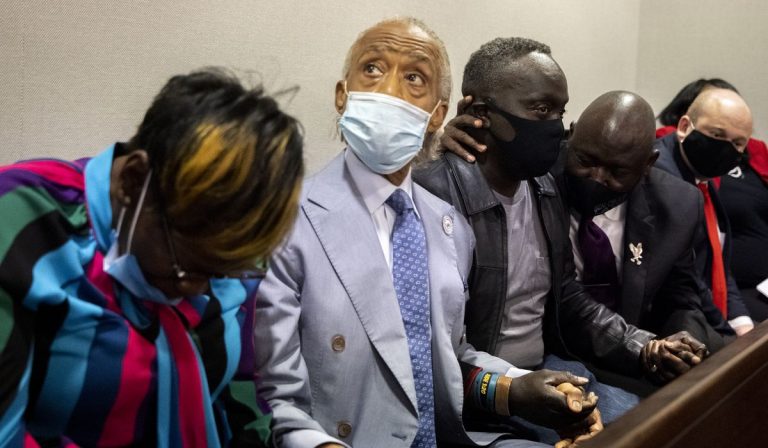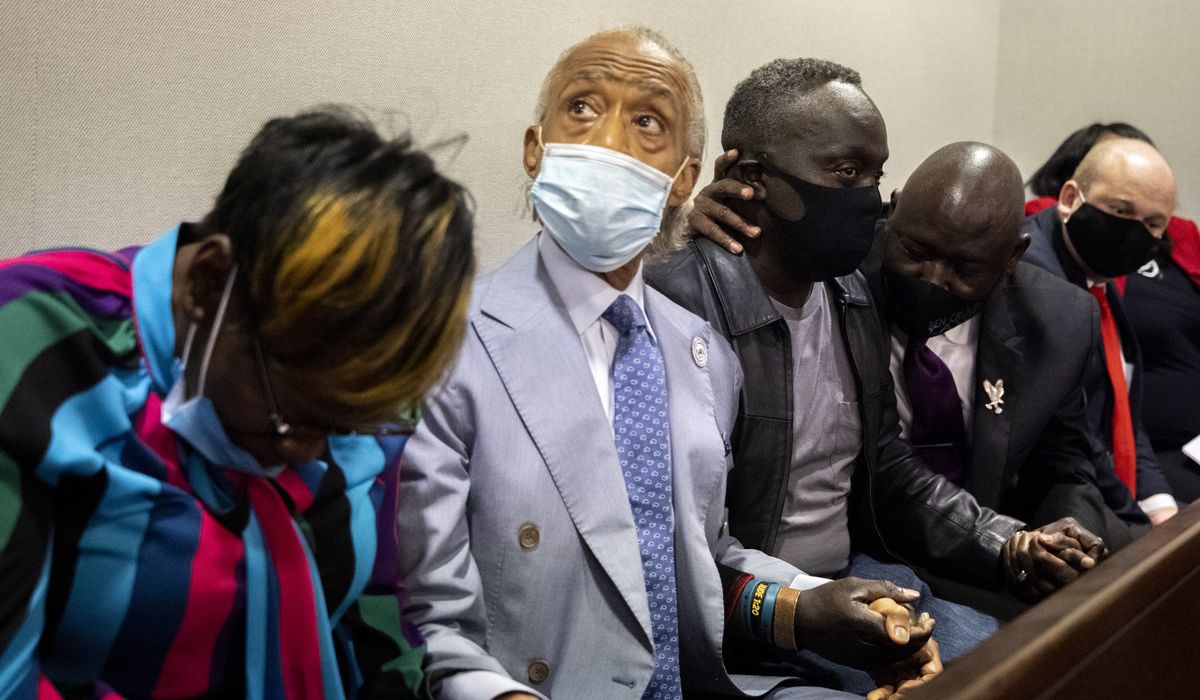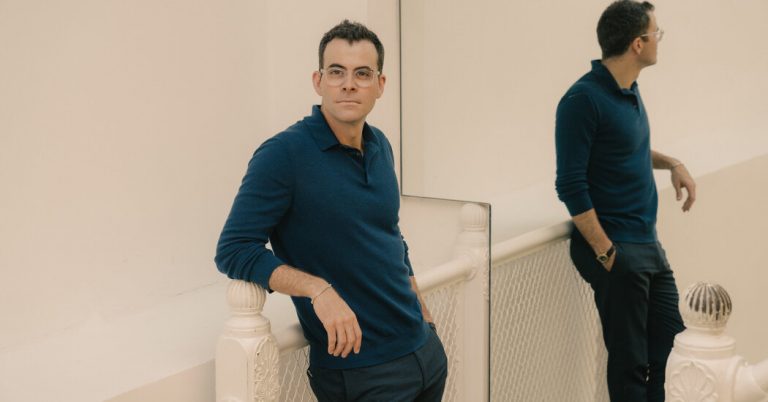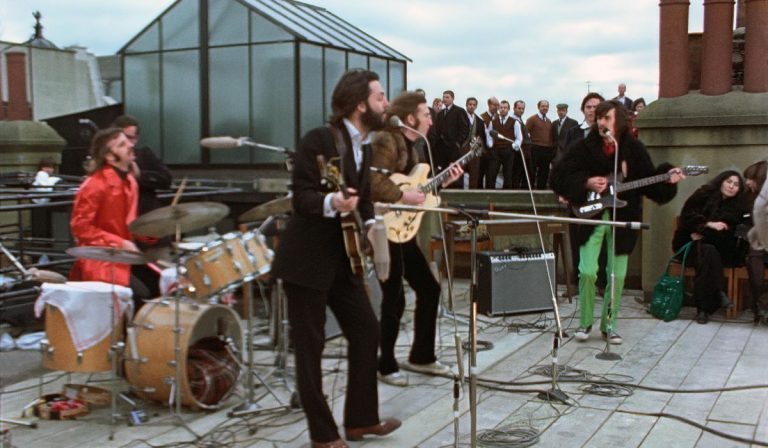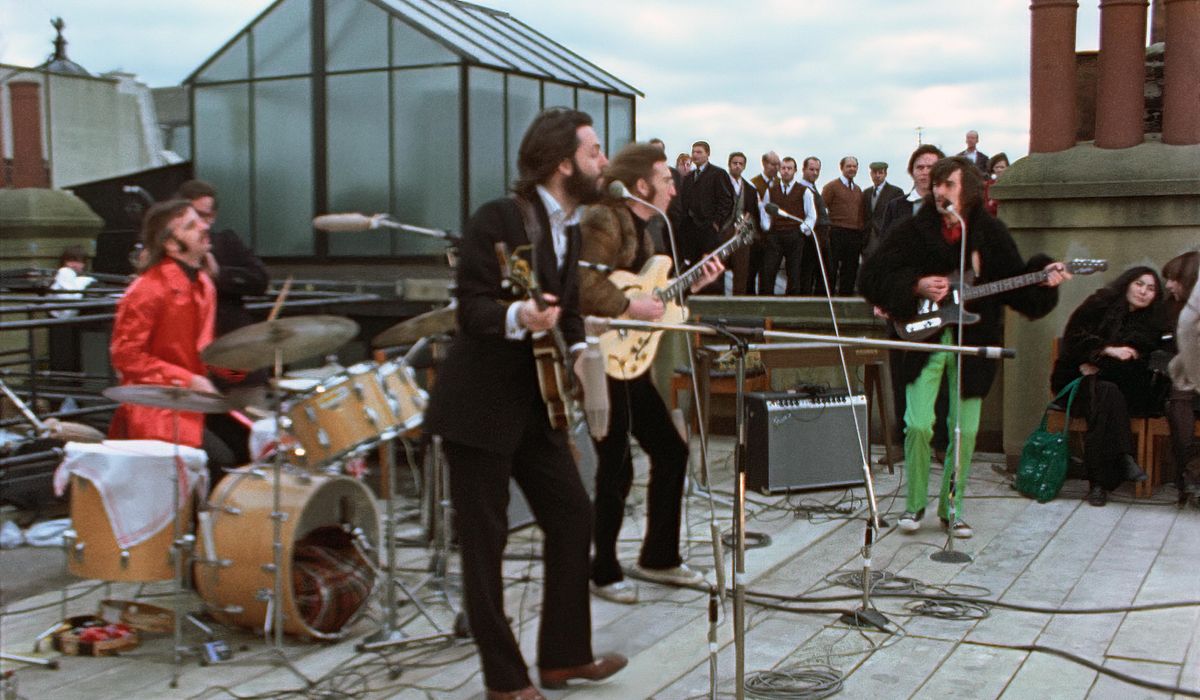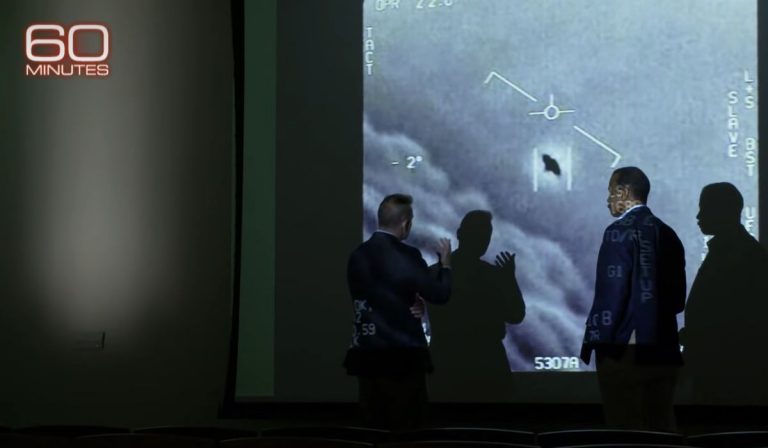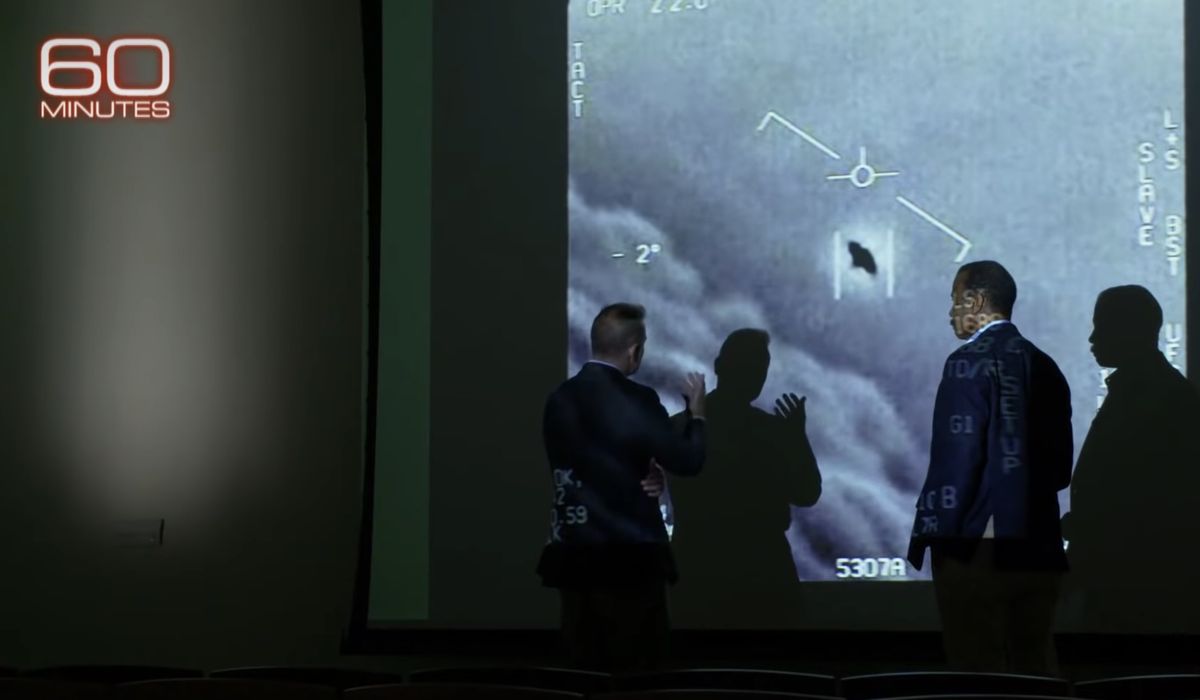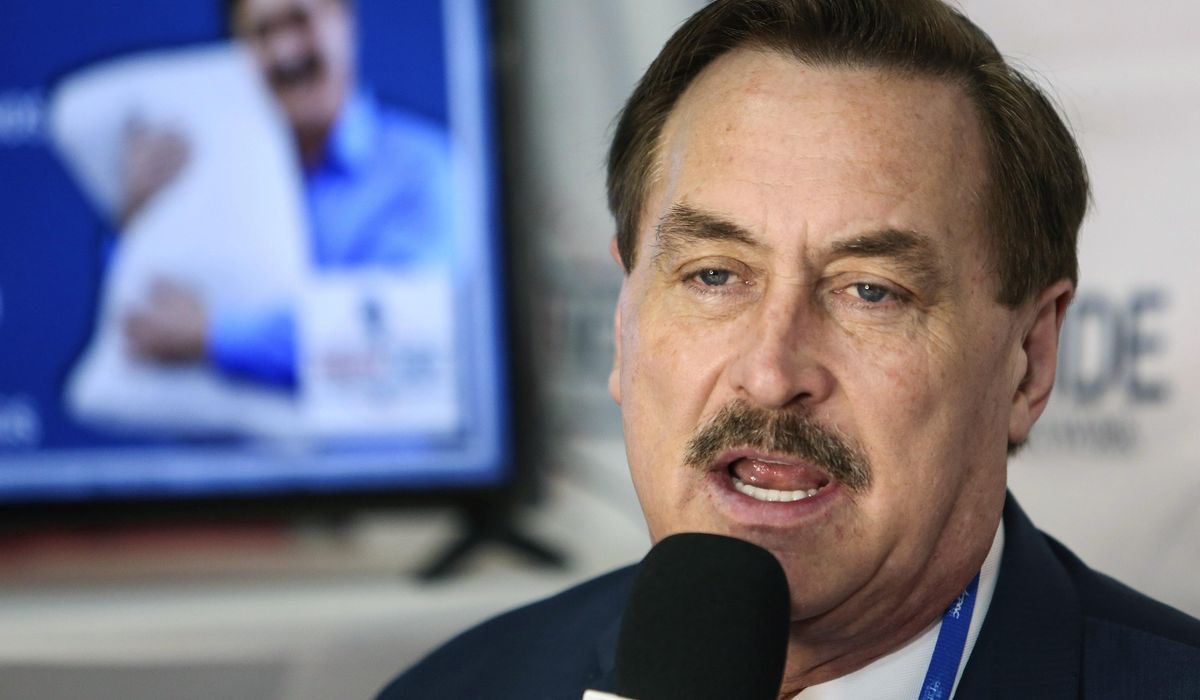
My Pillow CEO Mike Lindell came up short in delivering on his promise to file evidence before the Supreme Court that China hacked the 2020 presidential election.
After falling short of making the case at his highly touted three-day “Cyber Symposium” in August, the ally of former President Donald Trump claimed he was coordinating with multiple states’ attorneys-general to present his evidence to the high court before Thanksgiving.
But in the latest setback in his quest to overturn the 2020 election, Mr. Lindell blamed Republican National Committee pressure and competing priorities in dealing with vaccine mandates for failing to gain state officials’ sign-on to the case.
“It’s going to get signed, but we just don’t know when, if it’s today or tomorrow,” Mr. Lindell told The Washington Times.
Mr. Lindell spent Tuesday scrambling in a last-minute push to get state attorneys to sign on to the case, which he said had been months in the making. He cited state officials’ preoccupation with cases appealing vaccine mandates as driving the delay.
“They had to stop that, and that was due today,” Mr. Lindell said. “Some of them asked for more time, and so I’m not going to call them out right now.”
Other officials, he said, were adamant that they would not sign on to the case.
Mr. Lindell would not disclose which specific states have signaled their support for the case.
Appearing on live streams from his plane throughout the day, Mr. Lindell also alluded to RNC pressure on state officials to avoid the case, citing RNC Chair Ronna McDaniel’s statements from earlier in the week confirming President Biden’s victory as legitimate.
By Tuesday evening, Mr. Lindell conceded that he would not file the case with the Supreme Court by his self-imposed deadline, but released a copy of the complaint on his website and encouraged visitors to contact their state attorneys-general and encourage them to sign on.
“I’m having people send their attorneys-general emails saying ‘Hey, It doesn’t matter if you’re a Democrat or Republican, we need to fix 2020,’” he said. “We need to fix this.”
To date, Mr. Lindell has still failed to show any evidence to back up his explosive claims despite spending millions of dollars on the effort.
The more than 80-page complaint released Tuesday focuses primarily on changes made to voting laws to allow for mail-in ballots and fails to provide detailed evidence of a widespread hack of the election backed specifically by China.
Mr. Lindell previously predicted that the Supreme Court would overturn the election based on 37 terabytes of “irrefutable” evidence he claims to have in his possession.
The evidence, he says, proves that China-backed hackers broke into election systems and switched votes to President Biden. The proof, he says, is visible in intercepted network data or “packet captures.”
Over the summer, Mr. Lindell invited hundreds of state and local politicians, cybersecurity experts, and members of the media to a three-day event in South Dakota, during which attendees were promised an in-depth review of the proof.
He offered $5 million to any person in attendance who could prove that the data he had on hand was not from the 2020 election.
The event quickly unraveled and Mr. Lindell’s team eventually conceded that they would not be able to provide proof of a China hack, saying the data had been infected with a “poison pill.”
Still, Mr. Lindell told The Washington Times last month that he remained undeterred and was confident he has the proof.
He said he had it revalidated since the symposium by two independent analysts, including a “cyber expert” who represented a state official. Mr. Lindell refused to disclose their identities.
He said in an interview with the Times late Tuesday after releasing the complaint to the Supreme Court without proving a China hack, that he still intends to do so in a separate filing that is “being turned in under the Cybersecurity Act of 2015.”
Mr. Lindell is also gearing up for a 96-hour “Thanks-A-Thon” Livestream beginning at midnight Wednesday where he says he will provide an update on the Supreme Court filing and unpack the evidence supporting the claim that China hacked the election.
But the Trump ally continues to face an extremely steep uphill battle in his attempts to overturn the election.
Countless state audits and court cases have yet to produce evidence that the 2020 election was stolen. The Supreme Court has already rejected several cases related to the 2020 election.
Meanwhile, Mr. Lindell’s personal legal battles continue.
In February, the voting machine company Dominion sued Mr. Lindell and MyPillow for $1.3 billion in damages, claiming defamation based on his allegations that the election was rigged.
In June, Mr. Lindell filed a $1.6 billion countersuit citing the First Amendment and claiming that Dominion had infringed on his right to free speech.
He is also backing a class-action lawsuit against Dominion alleging it violated the First Amendment rights of “ordinary Americans” by waging “lawsuit warfare” against those who speak out.
Still, he said he won’t back down until the election is overturned.
“People say to me, ‘Mike, are you ever going to stop trying to get out there? You’ve been attacked. You’ve lost everything,’” he told the Times last month.
“I lose everything if I don’t, no matter what anyway. If this doesn’t change by 2022, we lose everything,” he said. “The whole world is watching.”

